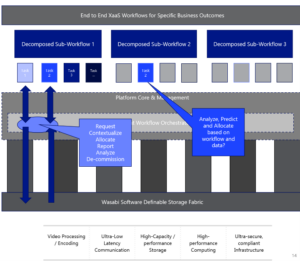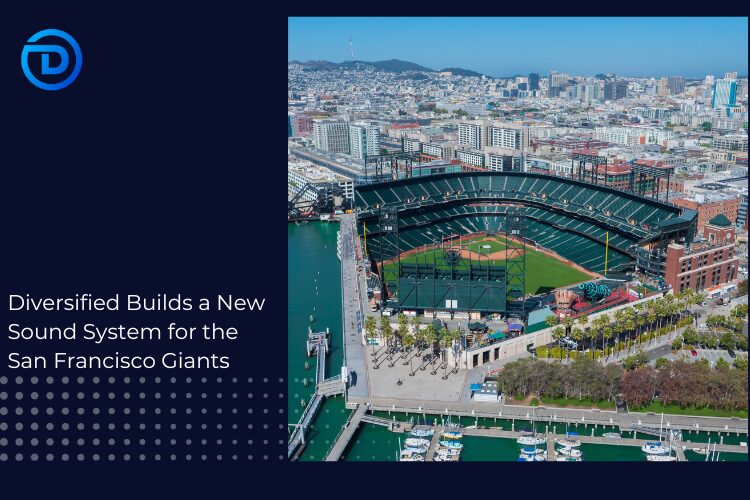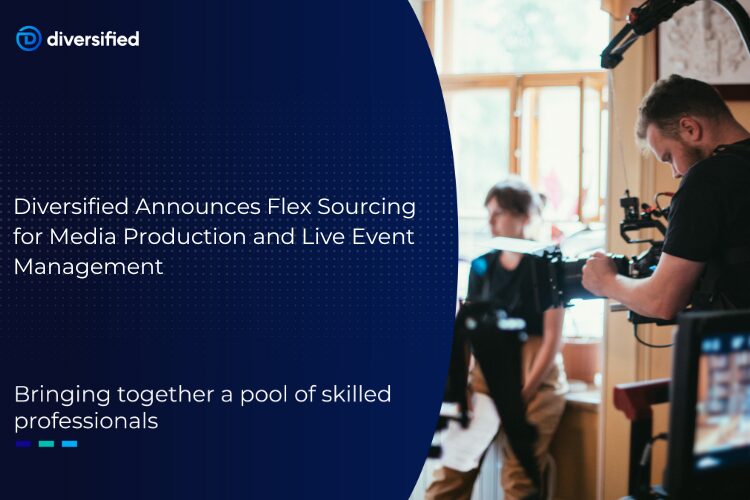BLOG
Building the Metaverse with the Elastic Media Supply Chain
Leveraging Elasticity to Support a Content Rich Digital Future
Rapid technological advancements and new digital platforms and environments prove how technology has undeniable and ubiquitous influence on modern society. From how we get our news and even our groceries, to how we connect with friends and colleagues, emerging technology has changed countless aspects of our daily lives and reshaped the human experience. Whether static, interactive, or immersive, an elastic media supply chain is critical for omni-channel distribution and delivery of compelling experiences.
To many, the Metaverse will be the ultimate immersive experience, while others argue that the metaverse is already here. In either case, the Metaverse is still being formed and defined, and it is not yet pervasive – which means that the possibilities are endless and yet to be discovered. I know – it’s very exciting, but it will be an evolutionary experience, not an overnight revolution.
To the extent that the Metaverse exists today, it is mostly experienced by users in independent “Betaverses” of gaming and VR/AR in arenas such as Meta Horizons, Decentraland, Second Life, and others. These disconnected environs are constructed for limited purposes or sets of user demographics and often present our “digital twins” with almost cartoonish half-bodied avatars.
Is This the Extent of the Metaverse Vision?
 No, the metaverse can be so much more. If we build it right and we build it well—and equitably—it will be an immersive experience of an ever-growing number of spaces where citizens and governments, consumers and businesses can leverage a digital twin to interact and transact, unshackled by the boundaries of time and geographic location.
No, the metaverse can be so much more. If we build it right and we build it well—and equitably—it will be an immersive experience of an ever-growing number of spaces where citizens and governments, consumers and businesses can leverage a digital twin to interact and transact, unshackled by the boundaries of time and geographic location.
Although Estonia is probably not the first thing that comes to mind when we hear “Metaverse”, there’s an unmistakable and valuable connection as we speculate about the direction and prerequisites of our shared digital future. Long before we began talking loudly about the Metaverse, Estonia bet big on its digital future in 1996 with its “Tiger Leap” project where they focused on creating a Digital Business Infrastructure alongside with identity, security and key functional areas.
Estonia succeeded and has become a global leader in digitalization. Today, you and I can become “digital citizens” of Estonia, and the Tiger Leap model has formed the foundation for the European Union’s strategy for the digitalization of society and markets.
It’s undeniable that the metaverse of our future is coming and it’s shaping the way advanced and emerging technology transforms.
It is widely accepted that some of the core building blocks of the metaverse will include technology areas such as:
- Immersive (AR/MR/VR)
- AI/ML
- Internet of Things (IoT)
- Digital Twins
- Blockchain & Crypto
 Many of these technologies are currently immature, expensive and will require 7 years or more to reach the level of affordability and ubiquity that’s needed for the Metaverse to become broadly available and widely functional. The way we mature today’s advanced technology will shape our emerging technology of the future, like the Metaverse. So, we must use our time well!
Many of these technologies are currently immature, expensive and will require 7 years or more to reach the level of affordability and ubiquity that’s needed for the Metaverse to become broadly available and widely functional. The way we mature today’s advanced technology will shape our emerging technology of the future, like the Metaverse. So, we must use our time well!
The Metaverse Demands an Evolving Elastic Media Supply Chain
Often overlooked in this discussion is the fact that the metaverse will inherently be “content rich” with massive amounts of live media produced and consumed at a rapid pace.
The media supply chain technology has advanced tremendously in the last 10 years and will continue to do so. From bespoke and proprietary hardware connected with cables, we work increasingly with software-based solutions integrated through defined standards and openly accessible APIs. The SaaS Software Stack is already here, although not everyone can or will fully use it. Similarly, containerized microservices are on the way but are in short supply as manufacturers refactor their “generation 1” hardware-to-software solutions. Additionally, actual “metal” is still needed for specific transmissions that are not yet commonly elastic.
Bending Metal
The next natural step in this evolution is a solution ecosystem where we can “bend” not only the software to be “as a Service” but also the underlying unvirtualized hardware. Some examples include:
- When we need GPU/CPU power to encode video or 3D objects on the fly, access to the raw, physical processing will provide better performance
- When we need to burst content delivery due to a sudden demand peak, we need to allocate physical fiber/copper to provide the bandwidth for ultra-low latency transmission
- When we need to capture and store material immediately and unexpectedly for rapid transfer, we will want to allocate high-performance storage resources on the fly
Intelligent Workflows Orchestrate the Elastic Supply Chain
In a given business scenario, a workflow is a defined sequence of steps taken by actors (systems or people) to complete tasks that achieve the objective.
In an elastic media supply chain, the intelligent workflow will leverage AI-enabled predictive resource modelling to allocate resources, learn and pre-emptively ensure that the least costly, best performing resources are available at any given point. Essentially, the workflow not only “understands” the task at hand and the metadata surrounding the object but can also decide “what will I need and when” to orchestrate the elastic resources—wherever they are or whatever type they may be.The elastic media supply chain, as “employed” by the Metaverse solutions, will inhabit other important traits as well including:
- Multi-Format Content
- Automatic Metadata Enrichment
- Orchestration & Management
- Decomposed Workflows with Flexible & “Interchangeable” Tasks
- Real-Time Usage Telemetry for Billing & Analysis
- Predictive Cost Modelling & Automated Management
- Personalization & Localization
- Omni-Channel Distribution
- Services
The future is being built today
The Metaverse is just beginning. It may be hard to fathom how it will shape our digital future, but it most certainly will. Many more building blocks and a stronger foundational infrastructure for the Metaverse are required so that it can be understood, maximized, and enjoyed by the masses. When we get there, whether it’s by a “Tiger Leap” or through an evolution, we’re going to see more dynamic creation and movement of rich content with near-zero latency to consumers, citizens, and businesses all over the world.
To learn more about the Metaverse’s elastic media supply chain, please contact our team to explore further and watch for additional articles from Diversified highlighting more aspects of this exciting technology.
References:
- The Estonian Miracle: E-Estonia and the Future of Digital Infrastructure | Mathis Bitton. New York University. 2022
- Metaverse: evolution, then revolution | Mark Curtis, et al. Accenture. 2023














